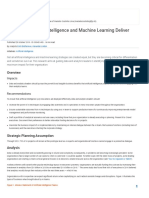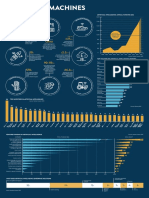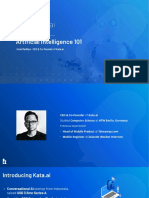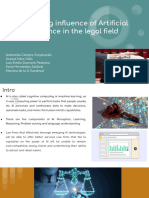0% found this document useful (0 votes)
310 views1 pageIntroduction - Vibe Coding
Vibe coding represents a shift in software development, emphasizing collaboration, intuition, and AI assistance. It is expected to democratize coding, allowing non-programmers to create applications and significantly enhance efficiency and innovation in the IT industry. However, challenges such as ethical considerations and security measures will need to be addressed as AI becomes more integrated into the coding process.
Uploaded by
mkmittal2980Copyright
© © All Rights Reserved
We take content rights seriously. If you suspect this is your content, claim it here.
Available Formats
Download as TXT, PDF, TXT or read online on Scribd
0% found this document useful (0 votes)
310 views1 pageIntroduction - Vibe Coding
Vibe coding represents a shift in software development, emphasizing collaboration, intuition, and AI assistance. It is expected to democratize coding, allowing non-programmers to create applications and significantly enhance efficiency and innovation in the IT industry. However, challenges such as ethical considerations and security measures will need to be addressed as AI becomes more integrated into the coding process.
Uploaded by
mkmittal2980Copyright
© © All Rights Reserved
We take content rights seriously. If you suspect this is your content, claim it here.
Available Formats
Download as TXT, PDF, TXT or read online on Scribd
/ 1



























































